I painted the currents, used the first Kirchhoff's law and got the expression:
Next, I need to find the voltage transfer coefficient (Ku), that is, the ratio of the output voltage to the input voltage, but I do not quite understand how to do this due to the fact that there is dU(out) and just U(out)

